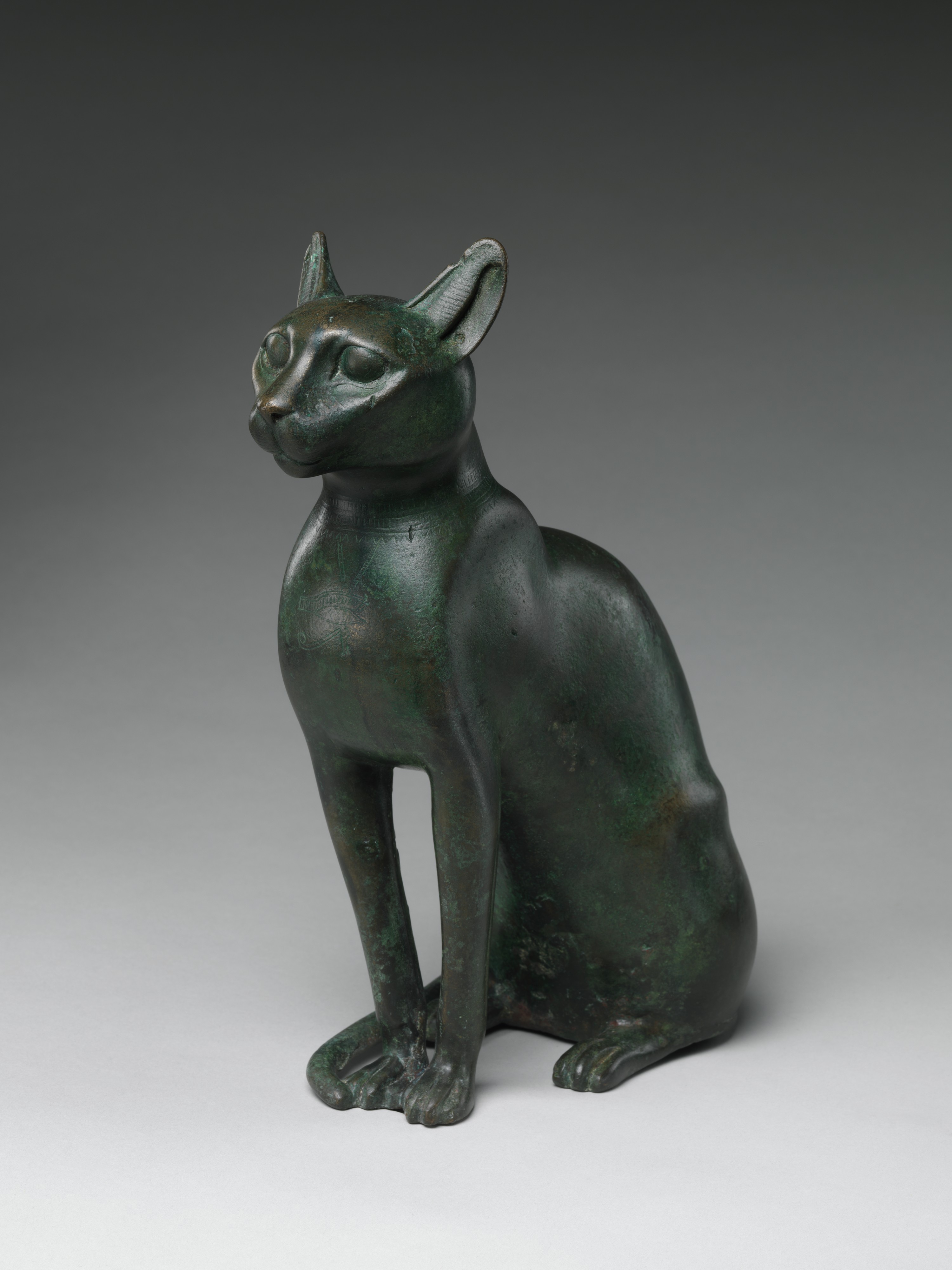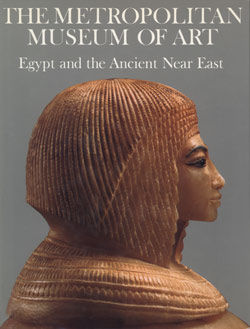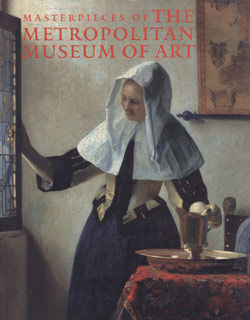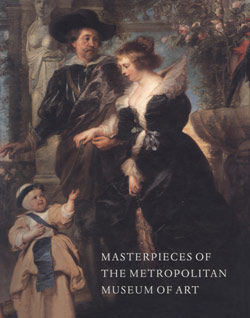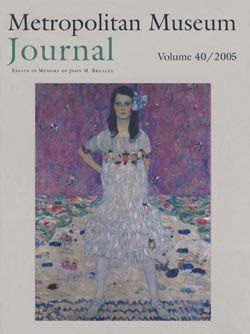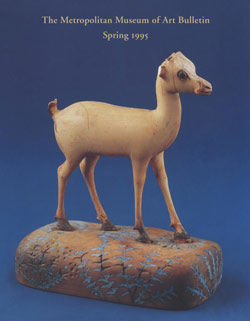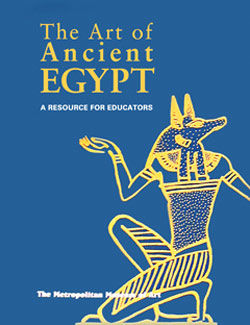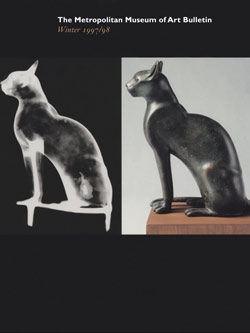Cat Statuette intended to contain a mummified cat
Ptolemaic Period
The cat was the sacred animal of the goddess Bastet, a great and benevolent Egyptian goddess. For the Egyptians, the goddesses Bastet and Sakhmet were two aspects of divine power. Sakhmet, the lioness, represented dangerous, potentially destructive forces. Bastet, the feline of the house, incorporated the benevolent aspects of a deity that could be pacified by rituals.
In Bastet's honor, mummified cats, sometimes in impressive bronze or wooden containers, were donated at her temples, of which the most important were located at Bubastis and Saqqara. The mummies were then buried within her temple precincts.
This statue was the container for a mummified cat. Clearly this is not an ordinary cat. Its pierced right ear once held a gold ring (now lost), and suspended from its incised necklace is a wedjat-eye pendant. An impression of majesty is created by the cat's erect and dignified pose and the alert expression of the eyes. The sleek muscles and long graceful legs convey a sense of controlled power.
Cats were first domesticated by the Egyptians in the Middle Kingdom for their mouse-hunting abilities. By New Kingdom times they had also become household companions. In tomb scenes they frequently appear seated beneath the chairs of their owners or on sporting boats in the Nile marshes, where they flush out birds for their masters.
#1116. Cat Statuette
Due to rights restrictions, this image cannot be enlarged, viewed at full screen, or downloaded.
This artwork is meant to be viewed from right to left. Scroll left to view more.


